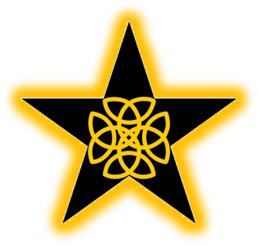The National Academies of Sciences, Engineering, and Medicine, through the Transportation Research Board, released a report based on their study entitled Safely Transporting Hazardous Liquids and Gases in a Changing U.S. Energy Landscape.
The amount of crude oil, ethanol, and natural gas that is regularly shipped across the country has increased dramatically since 2005. The concerns about whether or not it is safe to transport these hazardous materials via pipeline, tank barge, or railroad tank cars have also risen.
Communities that have very little, if any, experience dealing with the quantity or type of hazardous materials being transported are now seeing an increase in railroad traffic.
When the study began in 2015 one of the biggest concerns was whether or not the increased demand for these products would stress the transportation system and sacrifice safety.
The committee in charge of the study issued several recommendations to PHMSA and FRA. They felt both organizations should utilize incentives more often and FRA should perform comprehensive inspections on routes frequented by energy liquids traffic. It was also suggested FRA enable the use of new capabilities in sensor, high-resolution imaging, and autonomous systems technologies.
The committee felt PHMSA needs to perform a comprehensive review of the successes and failures the agency has experienced when responding to safety challenges since 2005, ensure emergency responders are taking advantage of additional training opportunities, and ensure the federal preparedness grants are responsive to the communities dealing with the changes in energy liquid and gas shipments.
Concerns Remain About Safety of Rail to Transport Energy Liquids and Gases

